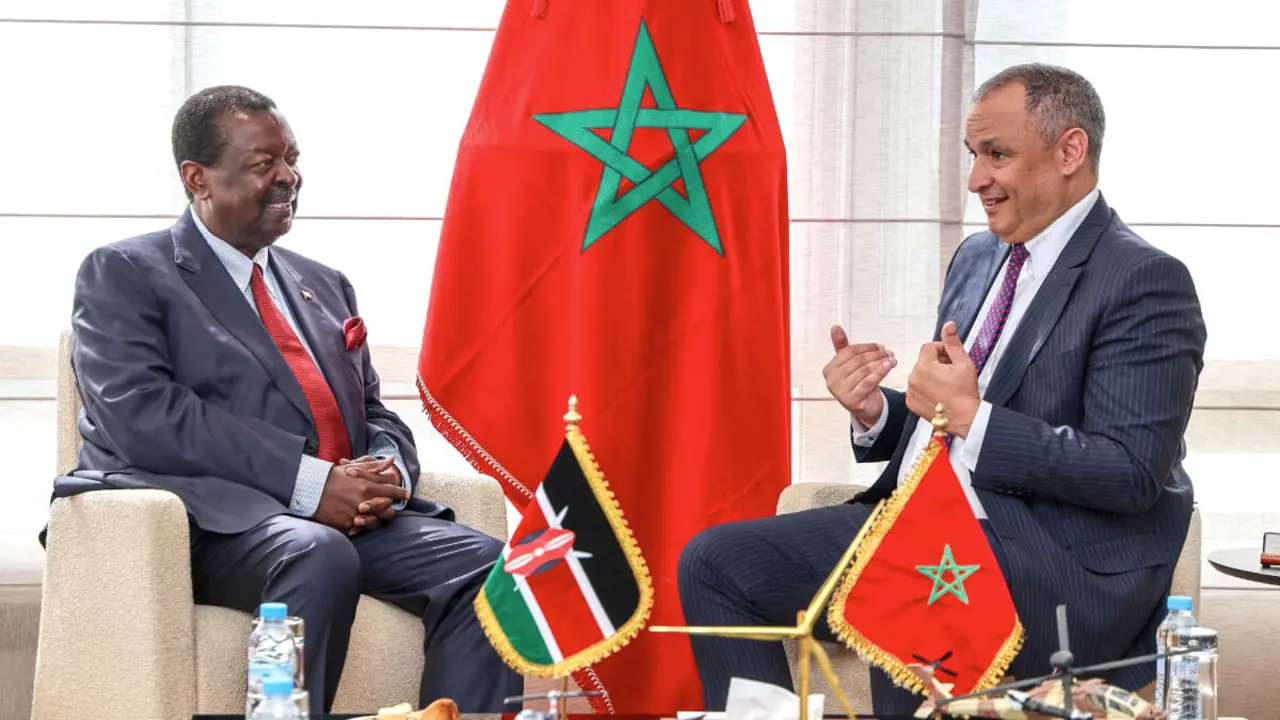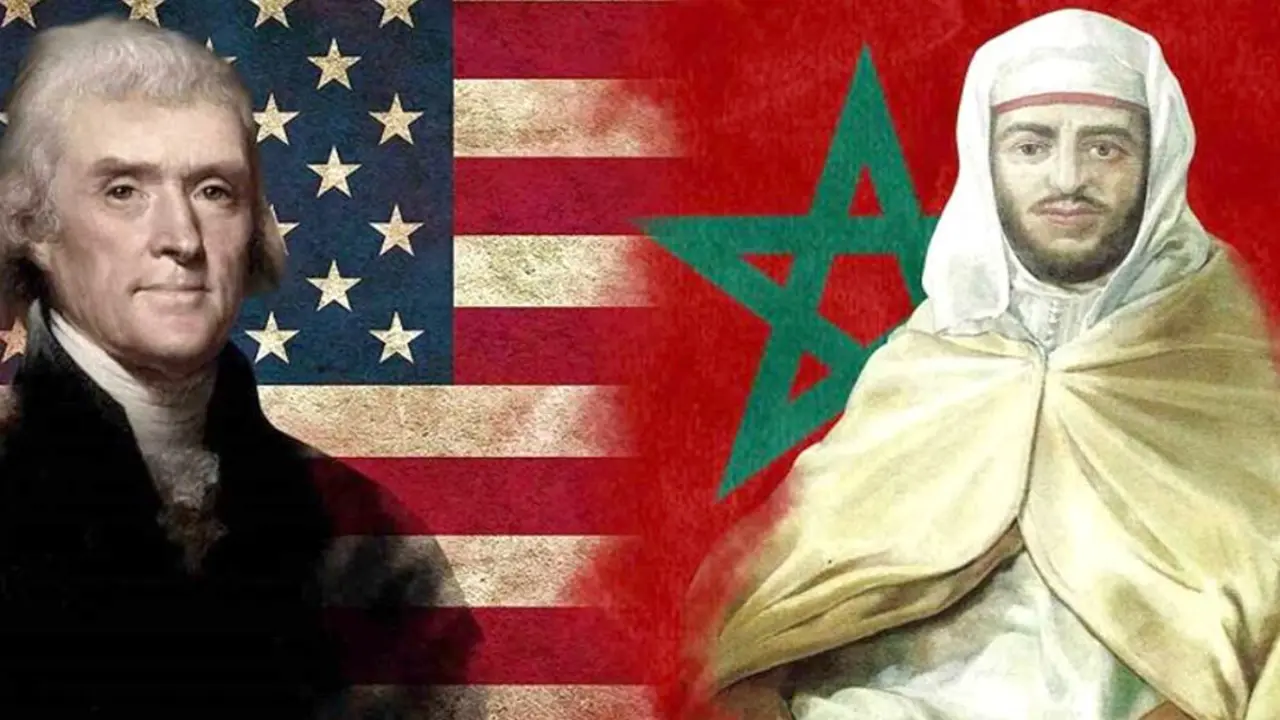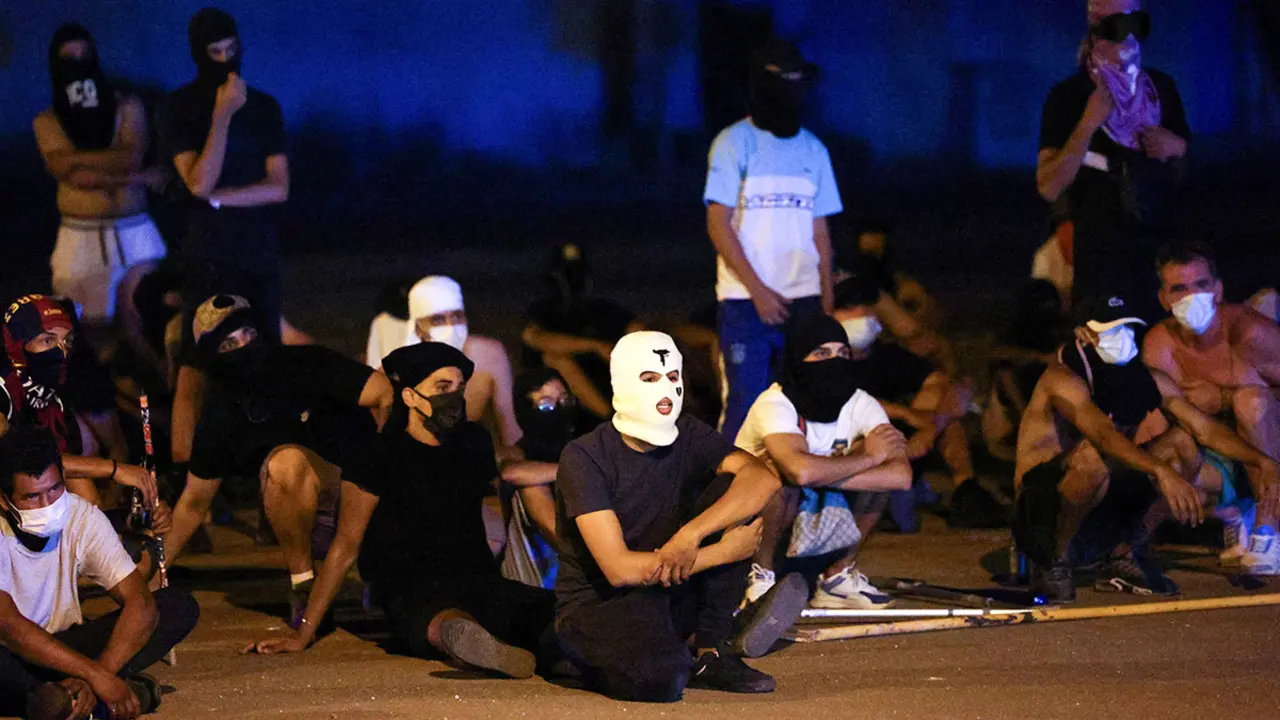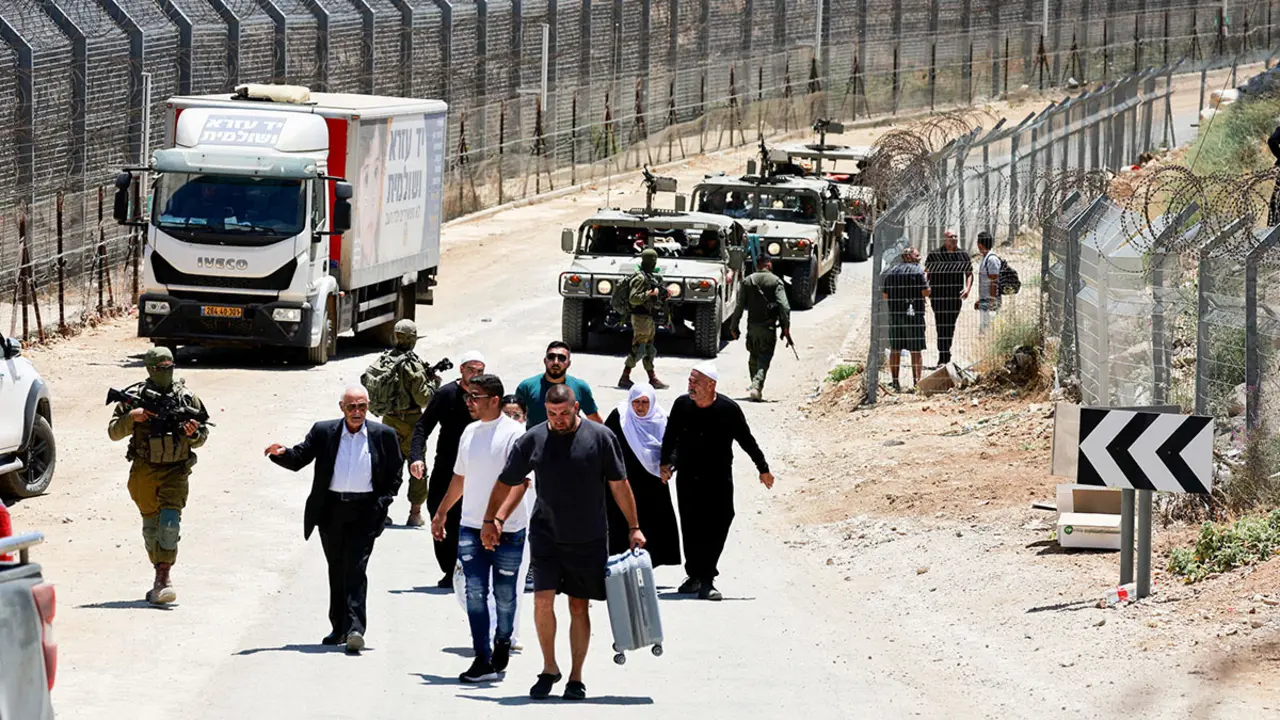The latest confrontation between China and India points to a long-term struggle

India and China have a combined population of over 2.7 billion people; both countries possess nuclear weapons and maintain nationalist governments which on other occasions have not hesitated to increase pressure on their enemies. Now they are faced with a border conflict.
Accusations and denials from New Delhi and Beijing have been constant since an incident last week left dozens of soldiers dead.

This is the latest chapter in a long history of border problems and disputes between the two countries, including a war in 1962 and a clash near Bhutan in 2017.
This week, an Indian army statement on Monday alleged that China had carried out "provocative military movements" in the border area overnight from Saturday to Sunday. In response, the Chinese Foreign Ministry denied this accusation and the Chinese People's Liberation Army claimed that New Delhi was "seriously violating China's territorial sovereignty" and demanded withdrawal.
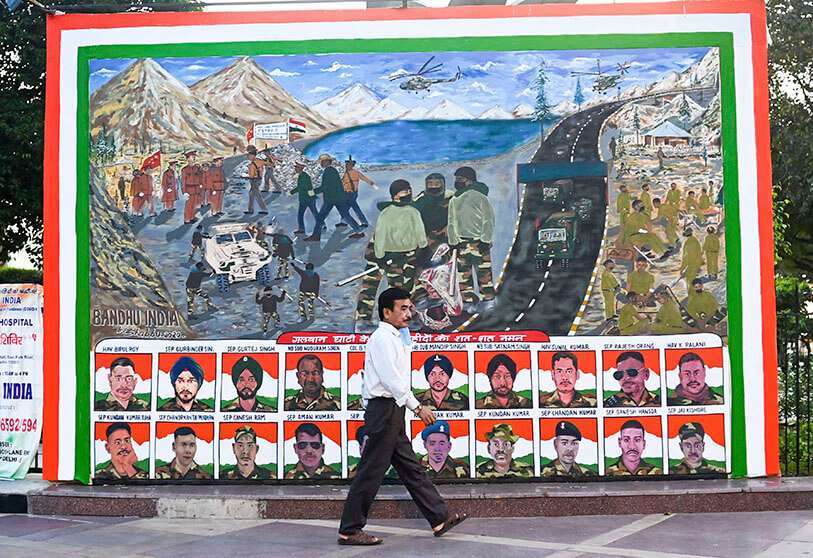
Army officials from the two sides were meeting to resolve the latest border dispute that comes more than two months after 20 Indian soldiers were killed in fighting that broke out between the two sides in Ladakh's Galwan Valley.
These deaths were the first military casualties along the border dispute between the two countries in over 40 years. The confrontation lasted between four and five hours and, by the time Indian reinforcements arrived on the scene, most of the soldiers attacked had already lost their lives, according to CNN, citing a source in the Indian Army.
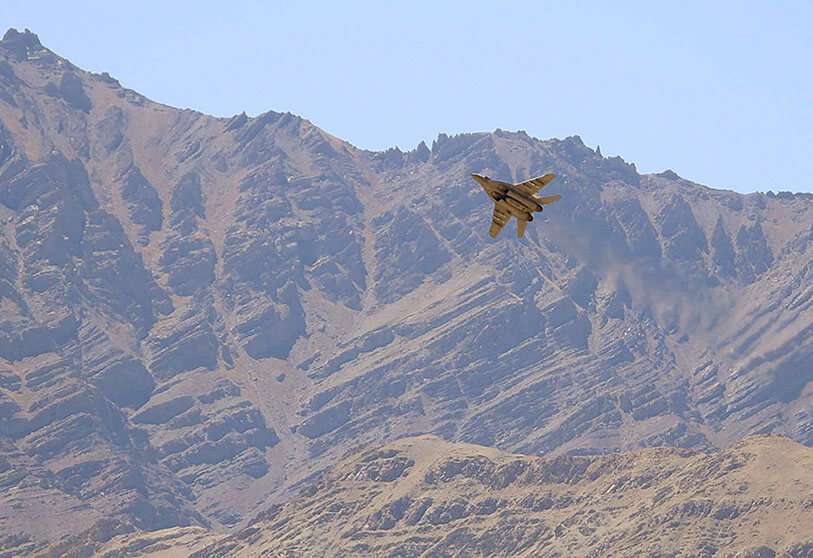
"The loss of soldiers in Galwan is deeply disturbing and painful," wrote India's Defence Minister Rajnath Singh last Wednesday. "Our soldiers displayed exemplary courage and valour in the line of duty and sacrificed their lives in the highest traditions of the Indian Army," he continued.
For his part, the spokesman for the Chinese Ministry of Foreign Affairs, Zhao Lijian, defended his army's attacks as "the Indian troops seriously violated our consensus and twice crossed the border line for illegal activities and provoked and attacked Chinese personnel which led to serious physical conflict between the two sides".

The incident took place during an ongoing "de-escalation" process in the Galwan valley, in the disputed area of Aksai Chin-Ladakh, where there has been a large concentration of troops on both sides of the border.
Since last month, the world's longest land border has been witnessing a rise in tension, with India accusing China of crossing the Royal Control (RC) line and vice versa. This line of demarcation is vaguely defined and extends between Aksai Chin, which is under Chinese control. For India's foreign minister, Subrahmanyam Jaishankar, this border dispute is "the most serious situation after 1962". "In fact, after 45 years, we have had military casualties on this border. The quantum of forces currently deployed by both sides at the LAC is also unprecedented,"" he said in an interview with Rediff.com.
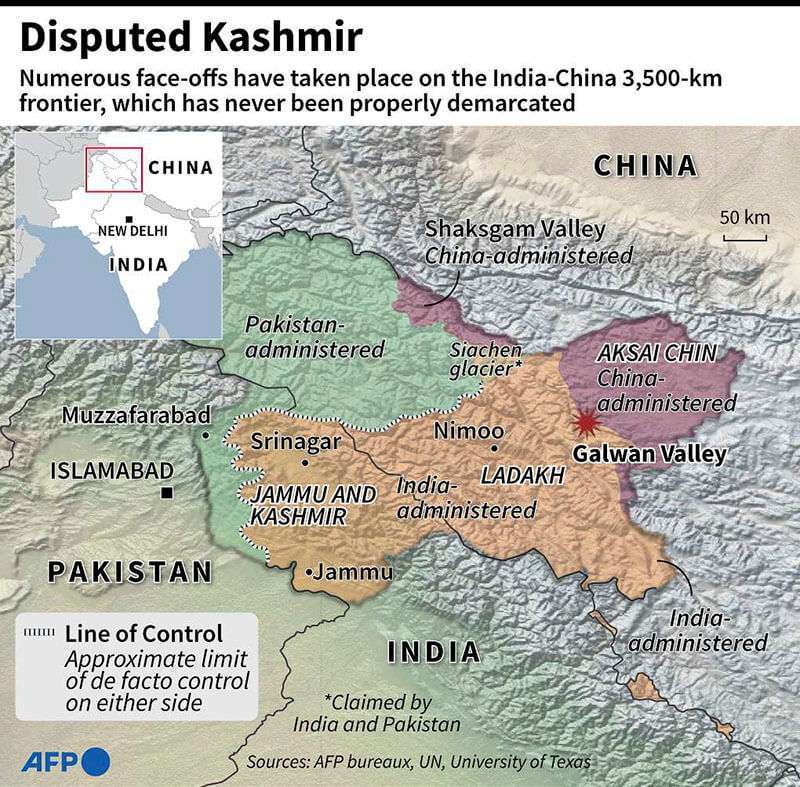
This latest skirmish prompted comments from US Undersecretary of State Stephen Biegun, who said Washington was putting pressure on China: "We’re doing it in the security area. We’re doing it in terms of outsized demands to claim sovereign territory, whether it’s in the Galwan Valley of India on the India-Chinese border, or in the South Pacific. The Trump Administration is also doing it economically".
The border dispute began at three different points in April, but it was in June that it intensified and spread to other places north of Depsang and the Galwan valley, where India has built a military road.

The build-up of troops in that area has caused both sides to worry about possible advances on either side, and both Xi Jinping and Narendra Modi have built up a strong base in the area, which each country defends as its own, exacerbating a nationalism that has often resulted in violence.
Beyond the territorial disputes, the clashes between the two countries have shifted to the economic and commercial spheres. India has banned dozens of Chinese applications, including the popular TikTok application, and has placed restrictions on Chinese investments. In recent years the Indian prime minister has brought his diplomatic ties closer to Washington, a country whose tense relations with China have worsened over the past year as a result of the sanctions and trade war both powers are waging. Since the beginning of the trade dispute between Beijing and Washington in 2017, India has signed many crucial agreements with the Trump Administration, something which Beijing did not like, as it seeks allies in the region to tip the balance in its favour.

